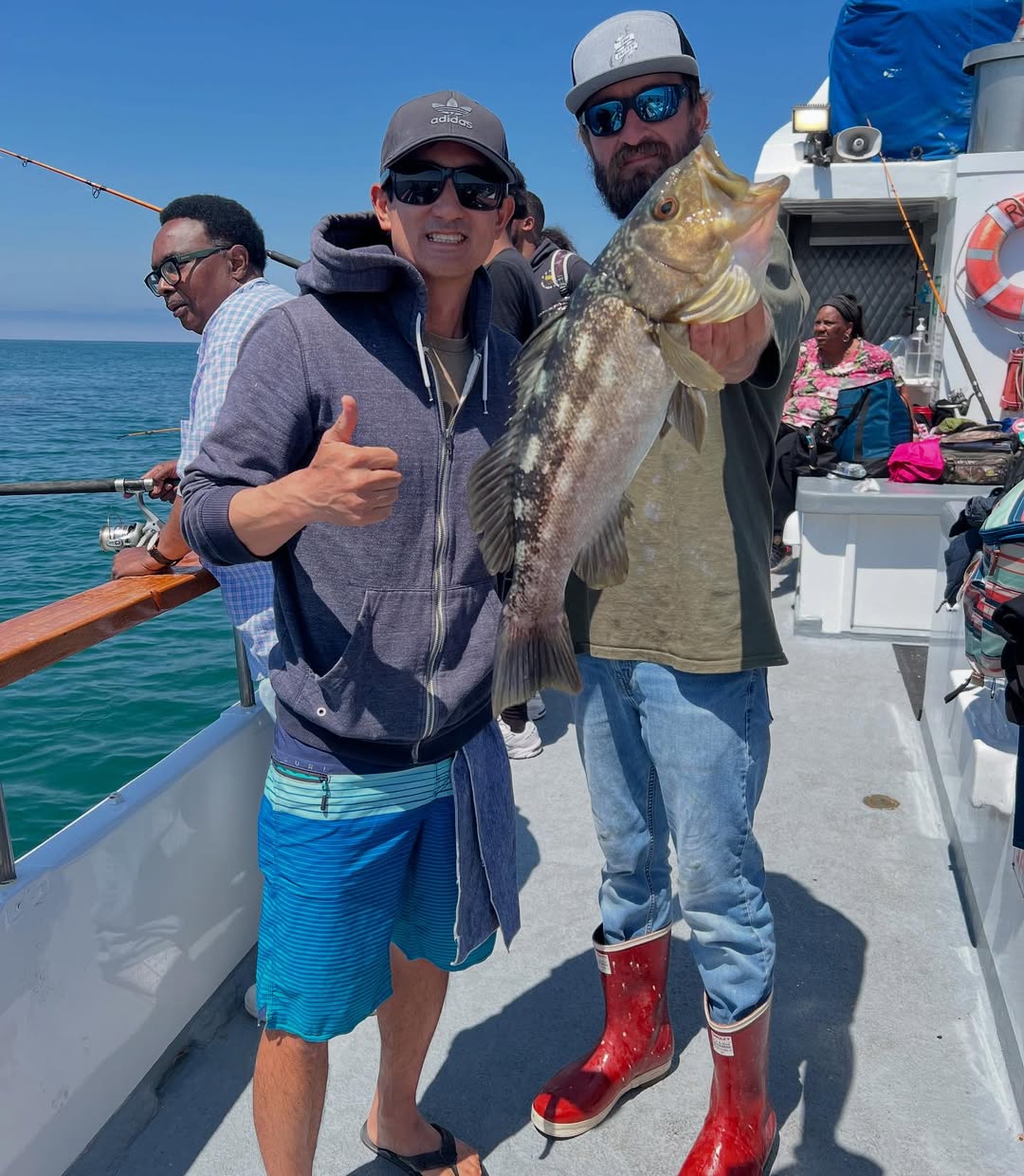How to Read a Tide Chart and Why It Matters for Your Fishing Trip

Want to fish smarter, not harder? Learning how to read a tide chart is one of the easiest ways to improve your catch rate. Tides affect where fish go, when they feed, and how you should fish — and at Dana Wharf, we use them to our advantage.

What Is a Tide Chart?
A tide chart shows the rise and fall of sea levels over time, driven by the gravitational pull of the moon and sun. It includes:
-
High and low tide times
-
Height of the tide
-
Rate of change (movement)
Why Anglers Care
Fish are more active when the water is moving — typically during incoming and outgoing tides. Slack tide (the period between high and low) can lead to slower bites. For bottom dwellers like halibut or whitefish, certain tides push bait into their strike zone.

Quick Tips:
-
Incoming Tide: Good for species that move closer to shore with rising water
-
Outgoing Tide: Great for fishing structure or drop-offs
-
Slack Tide: Consider changing depth or target species
-
Tide + Moon Phase = Magic: Full and new moons can amplify tidal movement, increasing feeding behavior
Where to Get Tide Info:
Free tide charts are available online and on most weather apps. Or just ask our Dana Wharf crew — we plan our trips with tides in mind.
Bonus:
Want to fish like a local? Match your fishing spot and species to the tide cycle, and you’ll be one step closer to landing the fish of the day.
